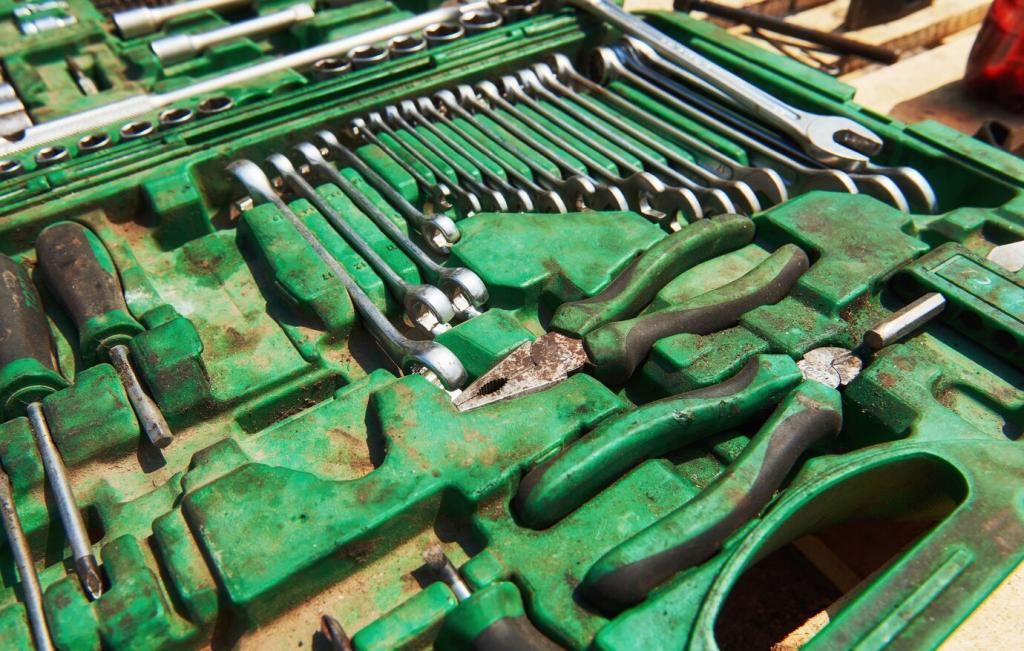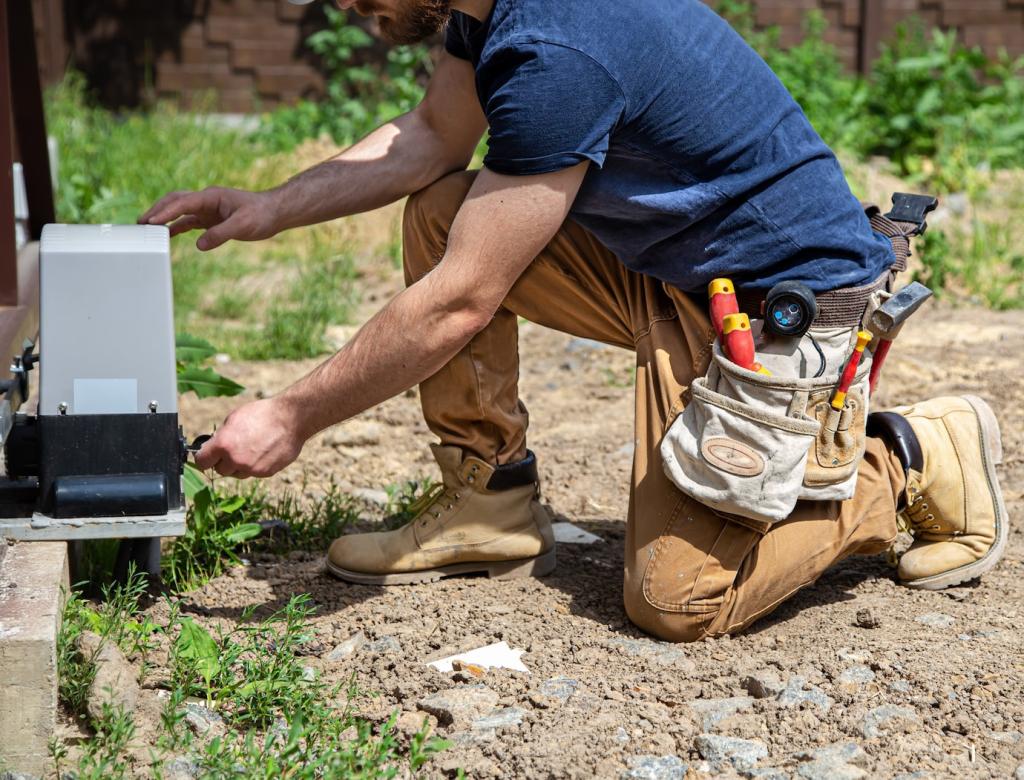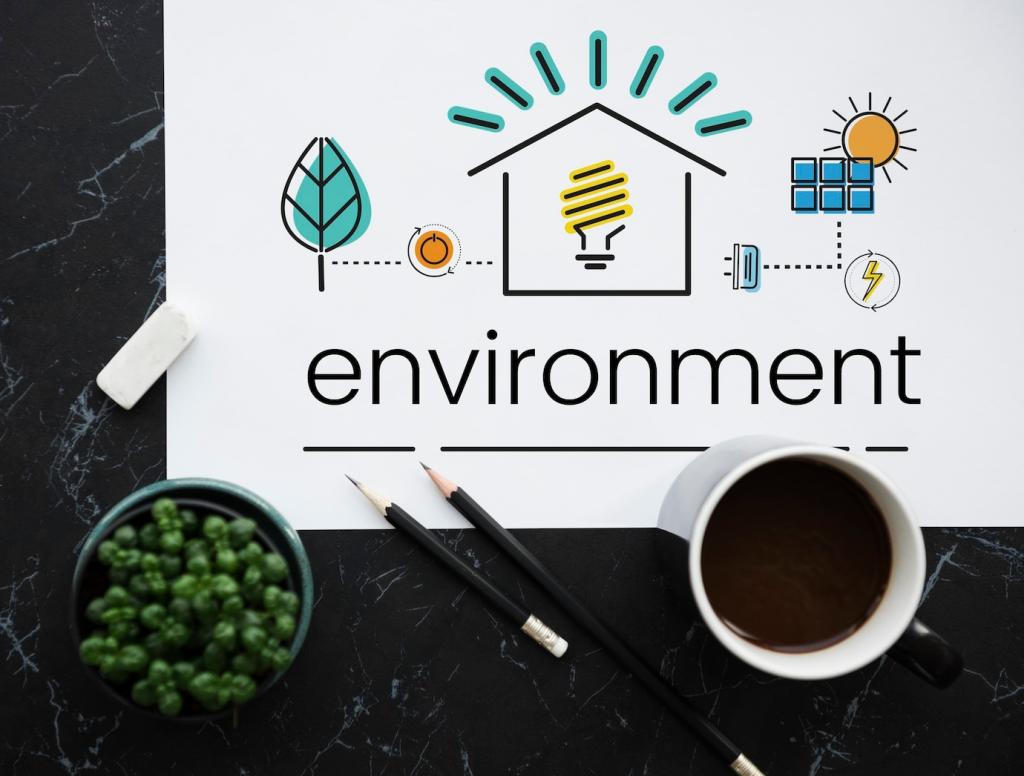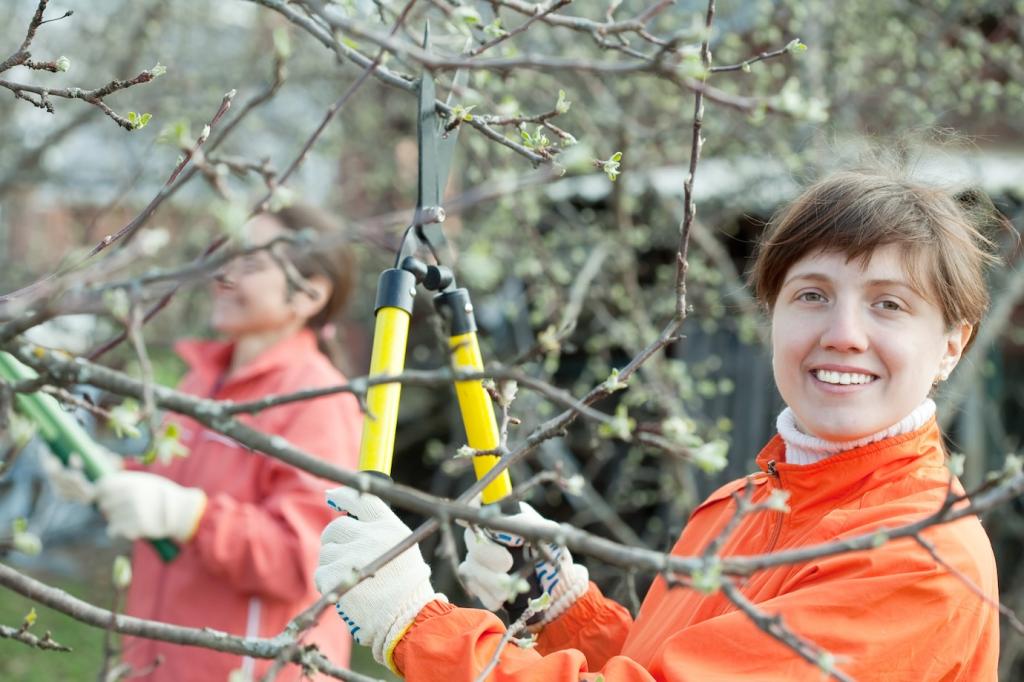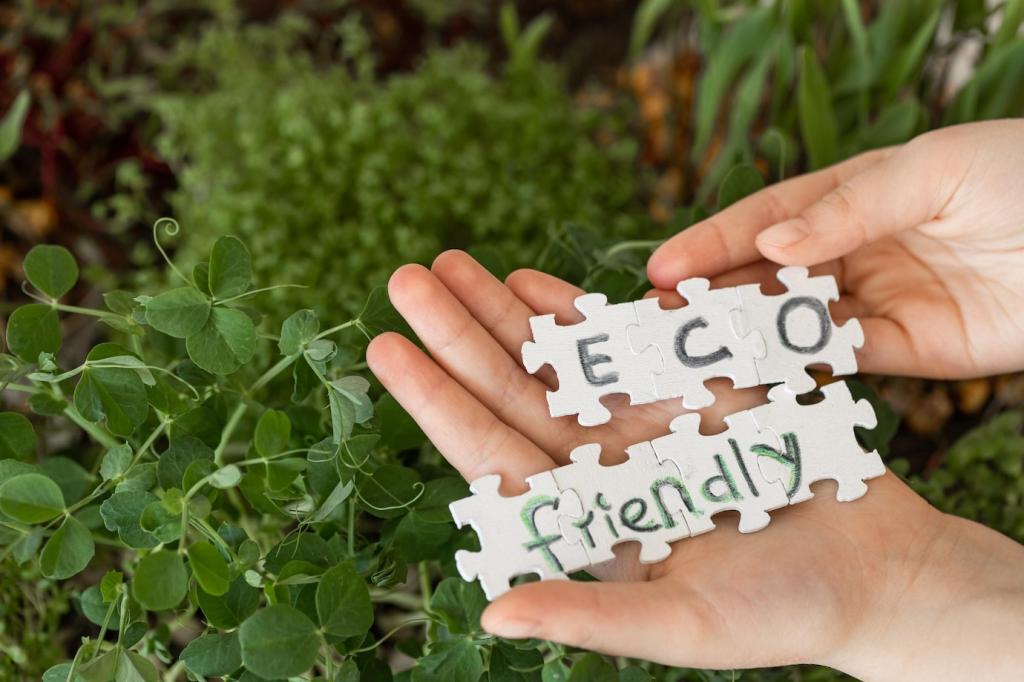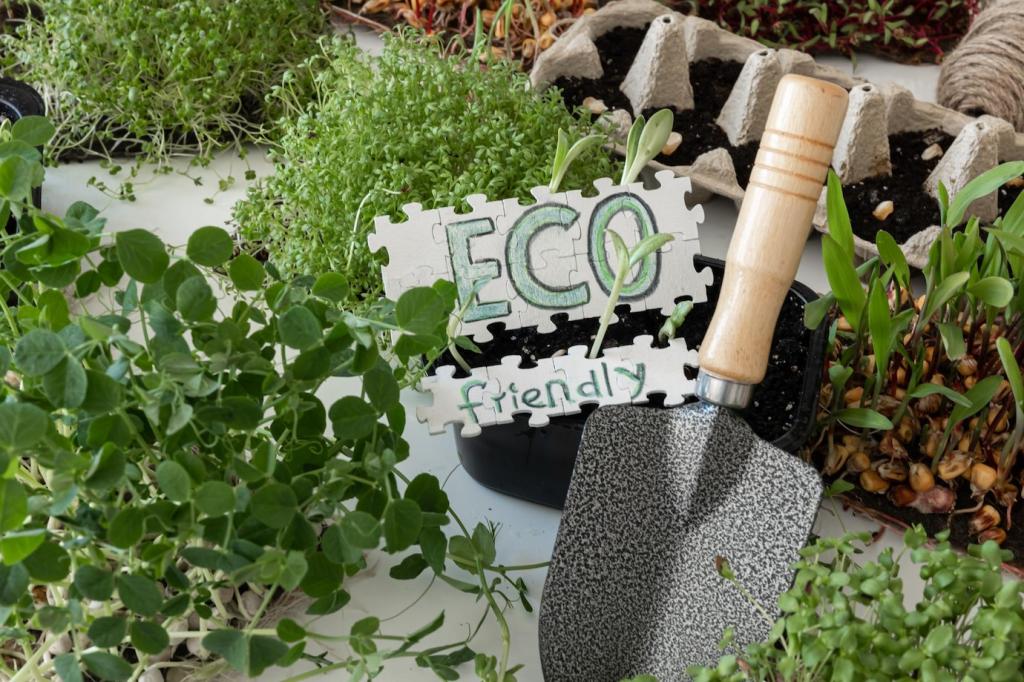Why Green Care Matters for the Pieces You Love
Conventional sprays often carry VOCs that linger long after cleaning. Switching to mild, plant-based formulas keeps your living room air fresher and safer, especially for children and pets. Notice the difference? Share your experience and help others breathe easier at home.
Why Green Care Matters for the Pieces You Love
Every year you extend a table’s life saves resources tied to producing and shipping replacements. Simple DIY care—gentle cleaning, protective pads, regular oiling—can delay replacement for decades, shrinking waste. Tell us which heirloom you’re preserving, and what it means to your family.

